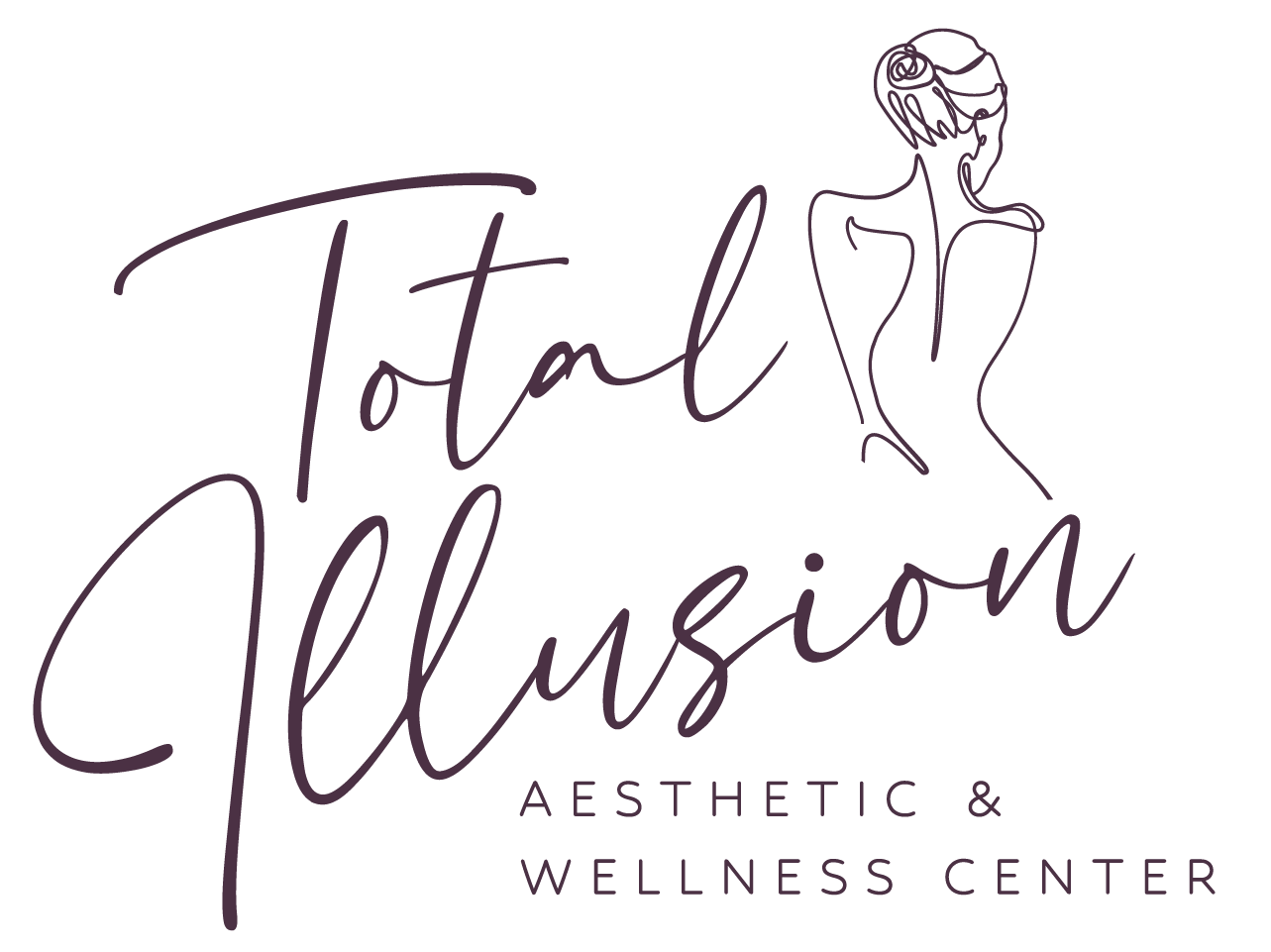TMS: A Revolutionary Approach to Mental Wellness
Exploring Transcranial Magnetic Stimulation (TMS): A Revolutionary Approach to Mental Wellness
Mental health conditions like depression, anxiety, and PTSD can feel overwhelming, especially when traditional treatments don’t seem to provide relief. That’s where Transcranial Magnetic Stimulation (TMS) comes in—a groundbreaking therapy that’s been changing the way we approach mental health treatment. In this post, we’ll explore what TMS is, how it works, and why it’s making waves in the mental health community.
What is Transcranial Magnetic Stimulation (TMS)?
Transcranial Magnetic Stimulation (TMS) is a non-invasive, drug-free treatment method that uses magnetic fields to stimulate nerve cells in the brain. It’s primarily used to treat conditions like depression, especially in individuals who haven’t responded well to other forms of treatment, such as medication or psychotherapy.
TMS involves placing a magnetic coil against the scalp, usually near the forehead, and applying brief pulses of magnetic energy to stimulate specific areas of the brain. The idea is that by targeting these areas, TMS can help regulate abnormal brain activity that may be contributing to mental health conditions.
How Does TMS Work?
The process behind TMS is pretty fascinating. The magnetic pulses are similar to the kind of magnetic fields used in MRI machines, but they’re much more focused. The magnetic field passes through the scalp and skull, influencing neurons (nerve cells) in the brain that are involved in mood regulation. By stimulating these neurons, TMS can help "reboot" areas of the brain that may be underactive or not functioning optimally.
One of the key benefits of TMS is that it doesn’t require any surgical intervention or the use of medication, which makes it an attractive option for people who haven’t found success with other treatments.
Why TMS is Gaining Popularity
Non-invasive and Drug-Free: Unlike other therapies, such as electroconvulsive therapy (ECT), TMS doesn’t require anesthesia or surgery. There’s no need for medication either, so people don’t have to worry about side effects commonly associated with antidepressants or other drugs.
Minimal Side Effects: TMS is considered to have a good safety profile. The most common side effects are mild and temporary, such as headache or scalp discomfort during treatment. These typically subside after the session ends.
Effective for Treatment-Resistant Depression: TMS has shown promising results, particularly for individuals with treatment-resistant depression—those who have tried multiple medications or therapy options without success. In fact, studies have found that TMS can lead to significant improvement in mood, and some patients experience long-term remission from depression after completing their treatment cycle.
Quick and Convenient: Each TMS session lasts about 30 minutes, and because it's non-invasive, patients can return to their normal activities immediately afterward. This makes it much more convenient compared to more invasive procedures, which may require recovery time.
What to Expect During a TMS Session
If you're considering TMS, you might be wondering what to expect during a session. Here’s a quick breakdown:
Preparation: You will lie day or sit in a comfortable chair, and a trained technician will place the magnetic coil near your head. The exact placement will depend on the area of the brain being targeted.
Stimulation: Once the coil is in position, the technician will activate the machine. You may feel a tapping or pulsing sensation on your scalp, which can sometimes feel like a light tapping or mild discomfort. It’s generally not painful, but it can feel odd, especially if you’ve never experienced anything like it before.
Duration: Sessions usually last less than 30 minutes, and most patients undergo treatment two days a week for three weeks. While this can vary, most patients start seeing noticeable results within the first week.
Post-session: After the session, you can resume your normal activities. There’s no downtime required, which makes TMS appealing to people with busy schedules.
Is TMS Right for You?
TMS isn’t for everyone. It’s typically recommended for individuals with major depressive disorder (MDD) who have not responded to traditional treatments. However, TMS is also being explored for other conditions such as anxiety, PTSD, OCD, and even chronic pain.
If you're considering TMS, it's important to consult with a healthcare provider who can assess your condition and determine if this therapy is suitable for you. They’ll help you weigh the potential benefits and risks, and guide you through the process.
The Future of TMS in Mental Health Treatment
TMS has been FDA approved since 2008 and e technology has continued to improve. For example, the FDA approved TMS for treating pain associated with migraines in 2013. In 2020, the FDA approved TMS for short-term smoking cessation Researchers are exploring its use in treating a wide range of mental health conditions, from addiction to schizophrenia. Additionally, TMS is being explored in food addiction and cravings. The potential for TMS is vast making it a key player in the future of mental wellness.
Conclusion
Transcranial Magnetic Stimulation is a promising and non-invasive treatment for people struggling with mental health conditions, particularly those with depression that hasn’t responded to other therapies. While more research is needed to fully understand its long-term effects, TMS has already proven to be a valuable tool for improving the lives of many individuals.



